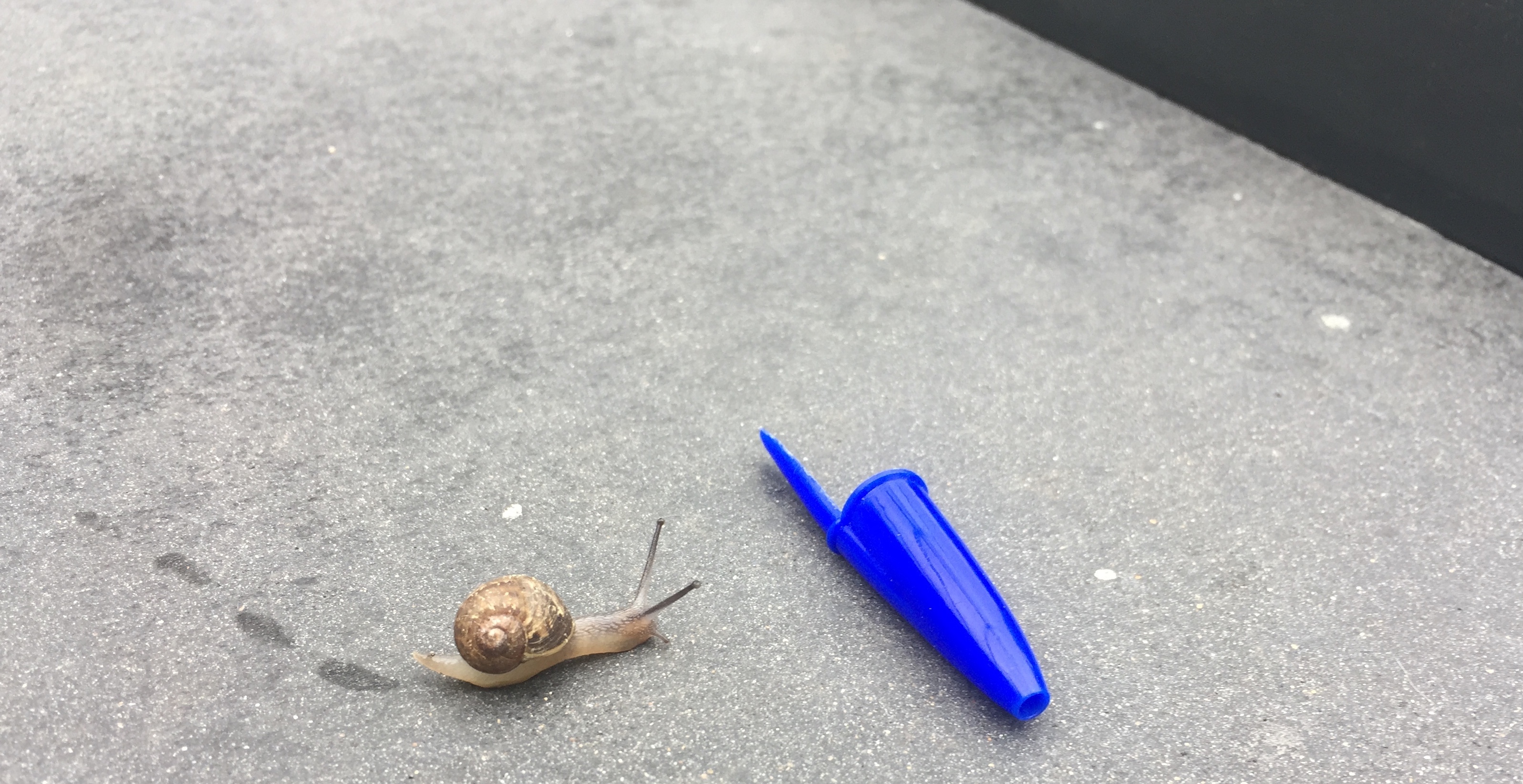Aesthetic normativity and suitable prompting
DOI:
https://doi.org/10.58519/aesthinv.v4i1.11920Keywords:
aesthetic normativity, aspect blindness, autism, Wittgenstein, Wollheim, philosophical aesthetics, empirical aestheticsAbstract
This Editor's column summarises some of the insights I got from Richard Wollheim over the years, and from a recent Teams-chat with students in my class. Most notably: the role of suitable prompting in aesthetic normativity. In a sense, these insights help me understand this remark from Wittgenstein: `The existence of the experimental method makes us think we have the means of solving the problems which trouble us; though problem and method pass one another by.' (Wittgenstein, Philosophical Investigations, 232e).
References
Barthes, Roland. 1981. “The death of the author.” In Theories of Authorship, edited by John Caughie, 208–213. London, Boston, and Henley: Routledge.
Ekman, Paul, and Wallace V. Friesen. 1978. Facial Action Coding System: A Technique for the Measurement of Facial Movement. Palo Alto: Consulting Psychologists Press.
Gerwen, Rob van. 2020. “What They See is What We Get in Film: Reality Tells the Fiction.” Aesthetic Investigations 3 (2): 365–386.
Wittgenstein, Ludwig. 1953. Philosophical Investigations. Translated by G.E.M. Anscombe. Oxford: Blackwell.
Wollheim, Richard. 1980. “Criticism as Retrieval.” In Art and its Objects. Second edition, 185–204. Cambridge, New York: Cambridge University Press.
. 1988. Painting as an Art. Princeton / London: Princeton University Press / Thames and Hudson.
. 1993. “Pictorial Style: Two Views.” In The Mind and its Depths, 171–184. Cambridge (Mass.), London (England): Harvard University Press.
. 2001. “On Pictorial Representation.” In Richard Wollheim on the Art of Painting. Art as Representation and Expression, edited by Rob van Gerwen, 13–27. Cambridge, New York: Cambridge University Press.
Downloads
Published
Issue
Section
License

This work is licensed under a Creative Commons Attribution 4.0 International License.
Authors who publish with this journal agree to the following terms:
Authors retain copyright and grant the journal right of first publication with the work simultaneously licensed under a Creative Commons Attribution License that allows others to share the work with an acknowledgement of the work's authorship and initial publication in this journal. Note: up to volume 4 issue 1, an incorrect copyright line appears in the PDFs of the articles.
Authors are able to enter into separate, additional contractual arrangements for the non-exclusive distribution of the journal's published version of the work (e.g., post it to an institutional repository or publish it in a book), with an acknowledgement of its initial publication in this journal.
Authors are permitted and encouraged to post their work online (e.g., in institutional repositories or on their website) prior to and during the submission process, as it can lead to productive exchanges, as well as earlier and greater citation of published work (See The Effect of Open Access).






